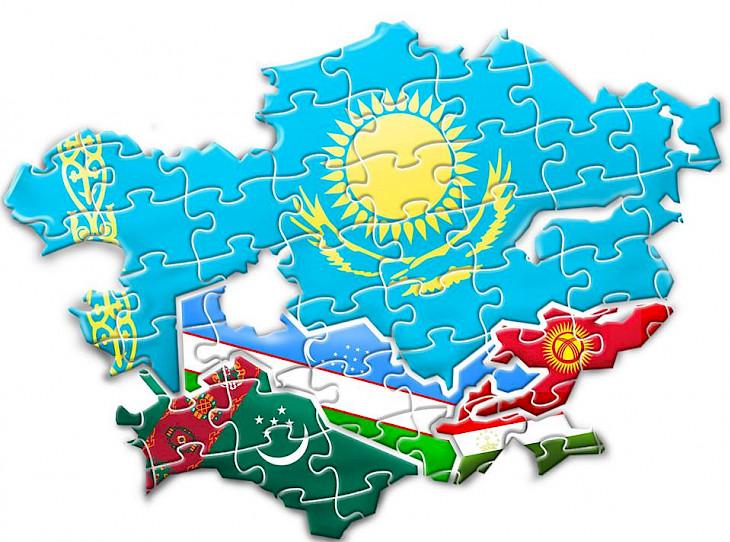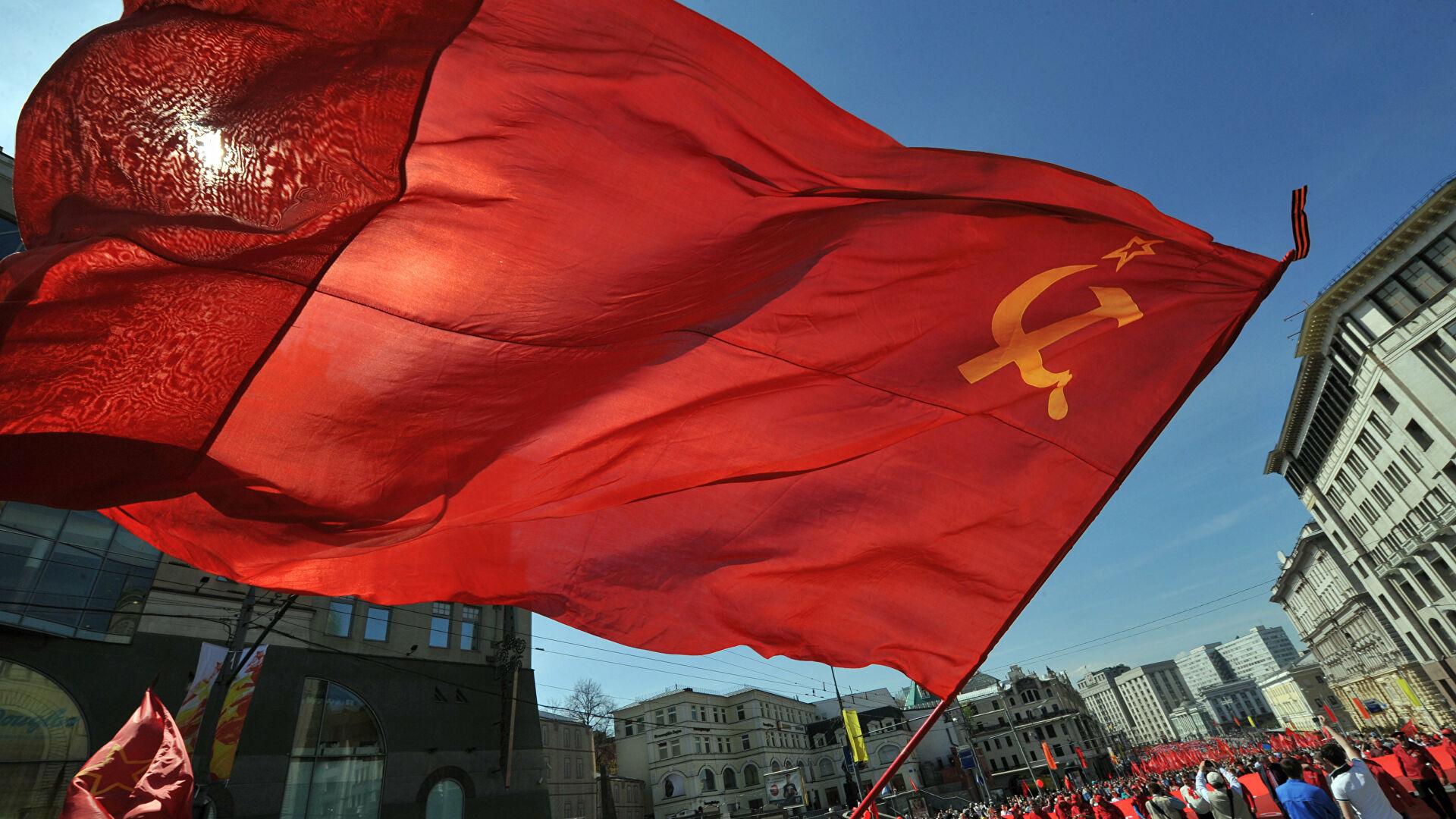Turkestan and USSR's colonial policy Restrospective journey into history on Caliber.Az
When taking part in discussions about the Soviet Union many times I have noticed that the participants usually ignore the question about the colonial nature of the regime in the Soviet Union. This nature was especially pronounced in the republics of Central Asia (Turkestan). We are talking about a region of colossal size, with a predominantly Muslim, Turkic-speaking population. This region was controlled by tsarist Russia and then by the Bolshevik regime.
The region was conquered by Lenin by force of arms after the destruction of the local movement for the independence of Turkic peoples - the Kokand Autonomy (1918) and the Basmachi movement. Local Bolshevism was initially associated almost exclusively with the Russian-speaking minority and relied on an alliance with Armenian nationalists from the Dashnaktsutyun party.
This alliance helped defeat the movement for an independent Turkestan, the Kokand Autonomy. The documents testify to the extreme cruelty with which this alliance massacred the local population by slaughtering entire villages suspected of supporting the partisans. This was pointed out by the chairman of the Council of People's Commissars of Turkestan K. Atabayev (in 1922).

The Basmachi, the local guerrilla national liberation movement which fought against the Bolsheviks, were portrayed exclusively as bandits or Islamists in Soviet cinema. This is a half-truth. Although some of them were indeed Islamists and some others were gangs of robbers, Jadids (the bourgeois-democratic movement) and Turkic socialists from the Erk party, associated with the prominent political figure Zakhi Validi, who advocated the independence of the Turkic peoples, were also active alongside them. Some groups cooperated with the Russian socialist revolutionaries (the Socialist Revolutionary Party), while local businesses, including Jewish merchants, provided serious material assistance to the Basmachi.
In short, a local national liberation movement existed, divided into many movements, including those who called or considered themselves socialists, and were suppressed by the Soviet Union.
Again, during the Civil War, the Bolshevik regime relied primarily on part of the Russian-speaking population. However, it totaled about 750,000 of Turkestan's roughly 7.5 million population in the early 1920s. Grigory Broido, a prominent Soviet politician and administrative worker, wrote in late 1921 about the situation in Central Asia, overrun by Bolshevik Russia: "The organizers of life are Russian settlers and workers, infected with colonialism ... The Soviet apparatus absorbed all the old officialdom, the typical legacy of peripheral politics. The party organizations are quite a reflection of the social structure of Turkestan. Great Russian militant chauvinism and defensive nationalism of the enslaved masses of the colony, imbued with mistrust of Russians in general is their main characteristic feature. A Russian Communist is a privileged person. The Party court withdrew until recently all cases of general criminal jurisdiction, turning into a class court for the crimes of Russian Communists."
Meanwhile, as Russian historian Boris Kolonitsky points out, it was in Turkestan that the Russian revolution (in the sense that it took place on the territory of the Russian Empire) and the civil war - the Great Central Asian Uprising of 1916 - began. The local peoples and tribes rebelled against the forced mobilization to work for the tsarist government during World War I. In addition, the local population was angered by the Russian colonial state's seizure of some of their land. This revolt was suppressed by tsarist troops, but it was the one that shook the region. The Kokand Autonomy, as well as the Basmachi movement, were actually a continuation of this uprising.
Moreover, it was in this region that the civil war ended - the Turkestan Front was officially eliminated by the Bolshevik regime in 1926. However, battles between the Bolshevik Red Army and the Basmachi continued after that. Uzbek historian Shukhrat Barsas notes that they continued until the end of the 1930s. A former leader of the Tashkent City Komsomol Committee told me that underground networks, which had a Basmachi past, existed in the Ferghana Valley until the end of the 1980s.
The Bolshevik regime initially had no foothold here among the Muslim majority and was imposed by force of arms. The region was conquered by the Red Army: what is this but an element of colonization?
Later management of the region also showed signs of colonization, including the physical destruction of local intellectuals in the late 1930s and the orientation of the local economy toward a monoculture of cotton (a typical colonial practice). In the USSR, raw cotton was grown in the Central Asian republics, mainly in Uzbekistan.
However, along with this, industrial modernization and the development of secular education and health systems took place. But it is worth remembering that the British did the same in colonial India (including the rapid development of the British military-industrial complex and the giant construction of railroads in that country). Even if Soviet policy was not purely colonial, it certainly included colonial elements.

An important element of colonial policy was residence permit. The capital, Moscow, with its 10 million inhabitants, received special benefits, which were determined by decisions of the Central Committee of the Party and the central government agencies that ran the Soviet economy. Residents of the regions, for the most part, had no right to live in Moscow - obtaining a Moscow residence permit was not easy, and for most it was impossible.
The very division of Turkestan into Uzbekistan, Turkmenistan, etc. (separate republics within the USSR) was largely artificial, as local national communists believed. The reason was that Moscow was afraid of the emergence of a single Muslim-Turkic republic with huge territory and population within the USSR. It would inevitably gain certain independence from the Kremlin simply by virtue of its size and resources.
It was a classic colonial "divide and rule" principle. In all cases, it was possible to find reasons for such a division - differences in local languages and customs - but it was just as possible to create a single Turkestan on the basis of similarities between them. The reasons why this was not done are quite obvious.
In the 1920s the Turkic-speaking National Communists tried to act. As supporters of the Bolshevik party-state model, nationalization of the economy, and one-party dictatorship, as well as secular, scientific, and industrial modernization, they were also ardent supporters of local autonomy and language.
The central question was from where and who governed the region, in whose hands were the economy, the party-political apparatus, and the power resource (the army). Historically, all this was concentrated in the Kremlin, so all the talk about supposedly unifying the republics within the USSR has lost all meaning and remained an empty formality. The Kremlin controlled almost everything, and the local republican government was reduced to following the orders of the center. However, even within this model, the Kremlin feared the emergence of a single Soviet Turkestan, such a republic could become too big and rich.
The Muslim Communist Party and the "Muslim Red Army", according to the prominent Bolshevik Mirsaid Sultangaliyev, who belonged to the national-communist trend, would be a natural extension of the struggle for the independence of the Turkic-speaking peoples. Such an independent Turkestan could, in his opinion, be in an equal alliance with Moscow. At the same time, the national secular Turkic-speaking intelligentsia, some of which sympathized with similar ideas, was also developing. National Communists were destroyed by the USSR regime in the 1930s.
The working class in these regions had no tradition of autonomy and was gripped by national feeling. Moreover, it was split along national lines. And this, too, was to some extent the result of colonialism. All this did not save the Soviet Union from disintegration. In the late 1980s and early 1990s, local party and economic elites privatized both the territory and industry of the USSR. They did this with the help of the local population, driven by feelings of anger and resentment toward inequality in the USSR.








